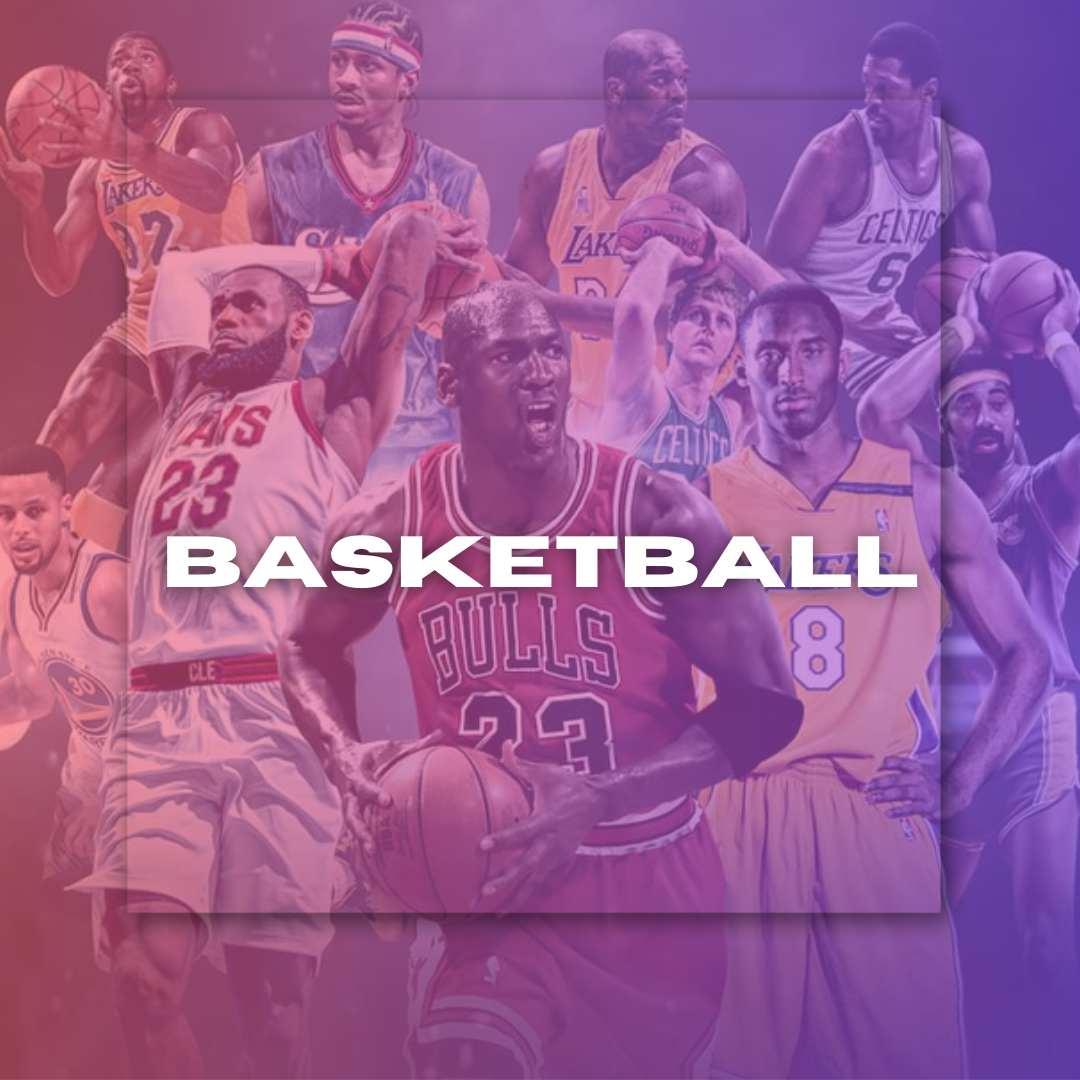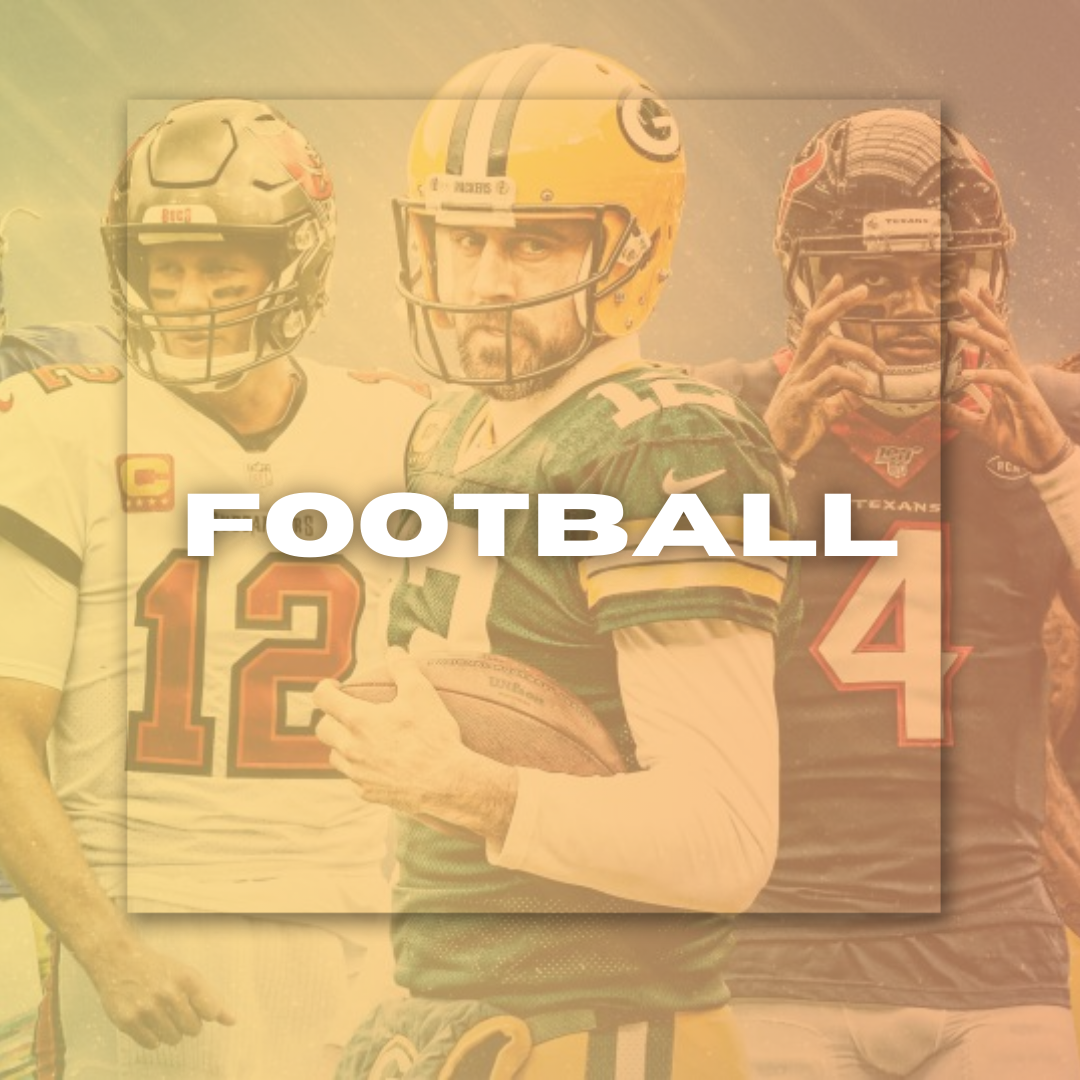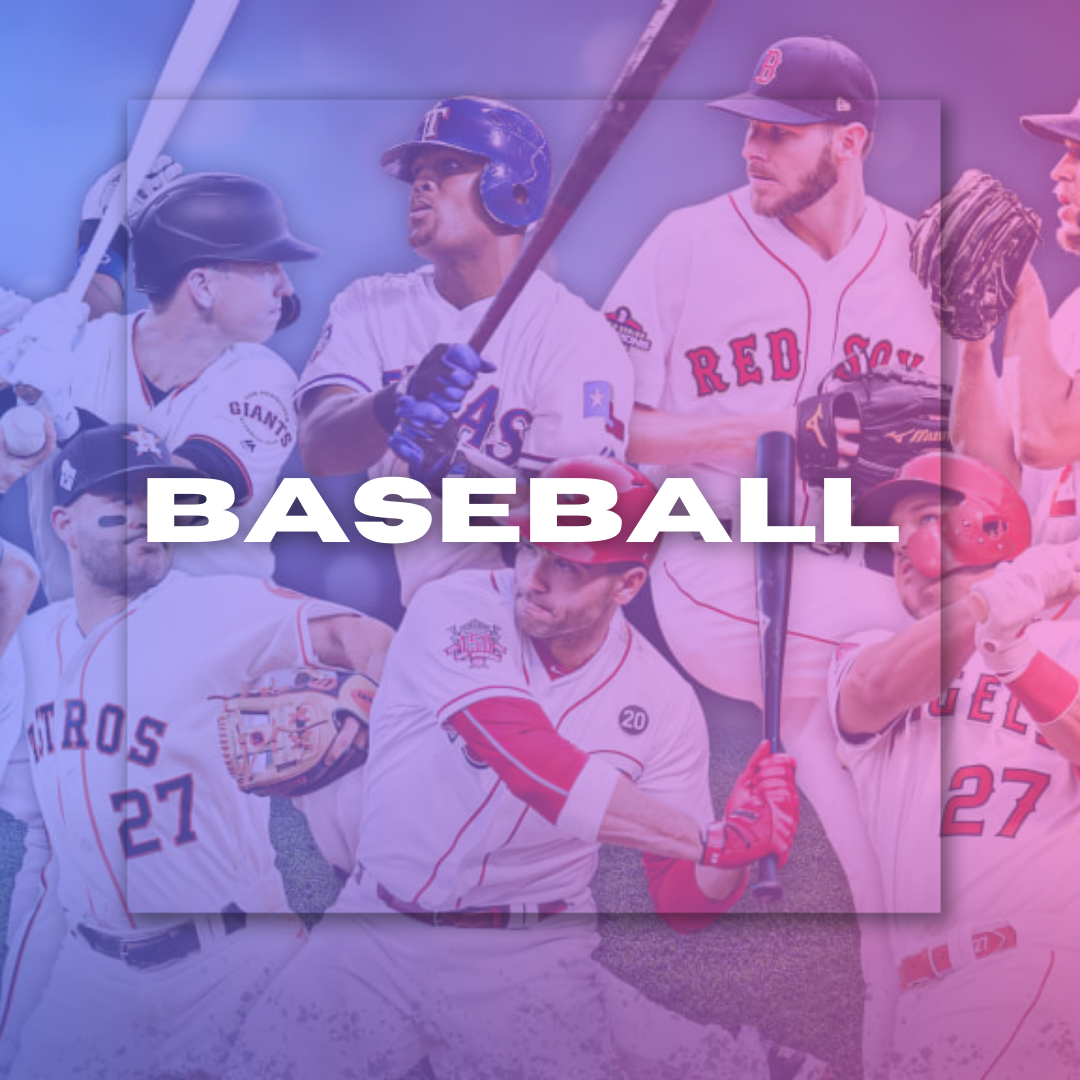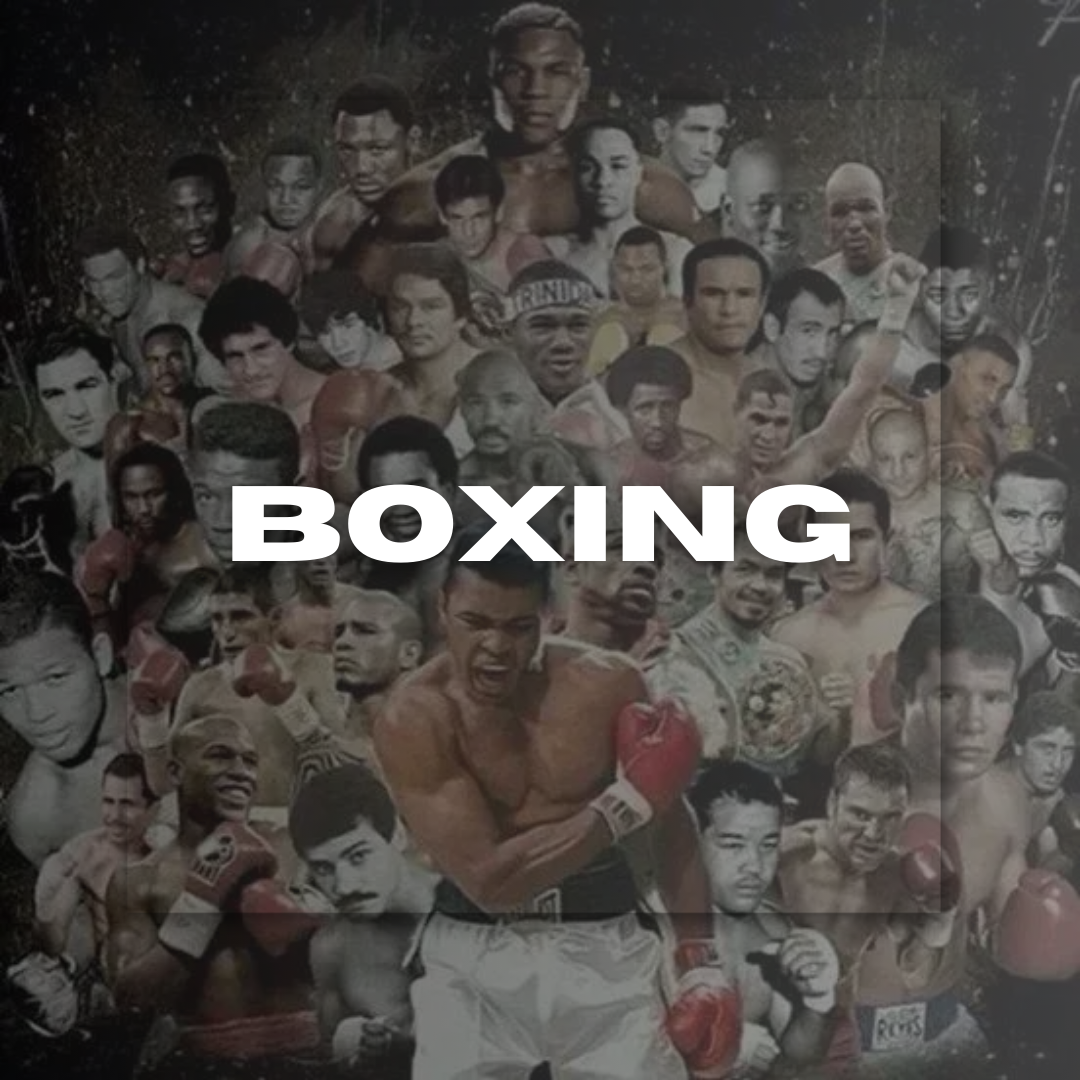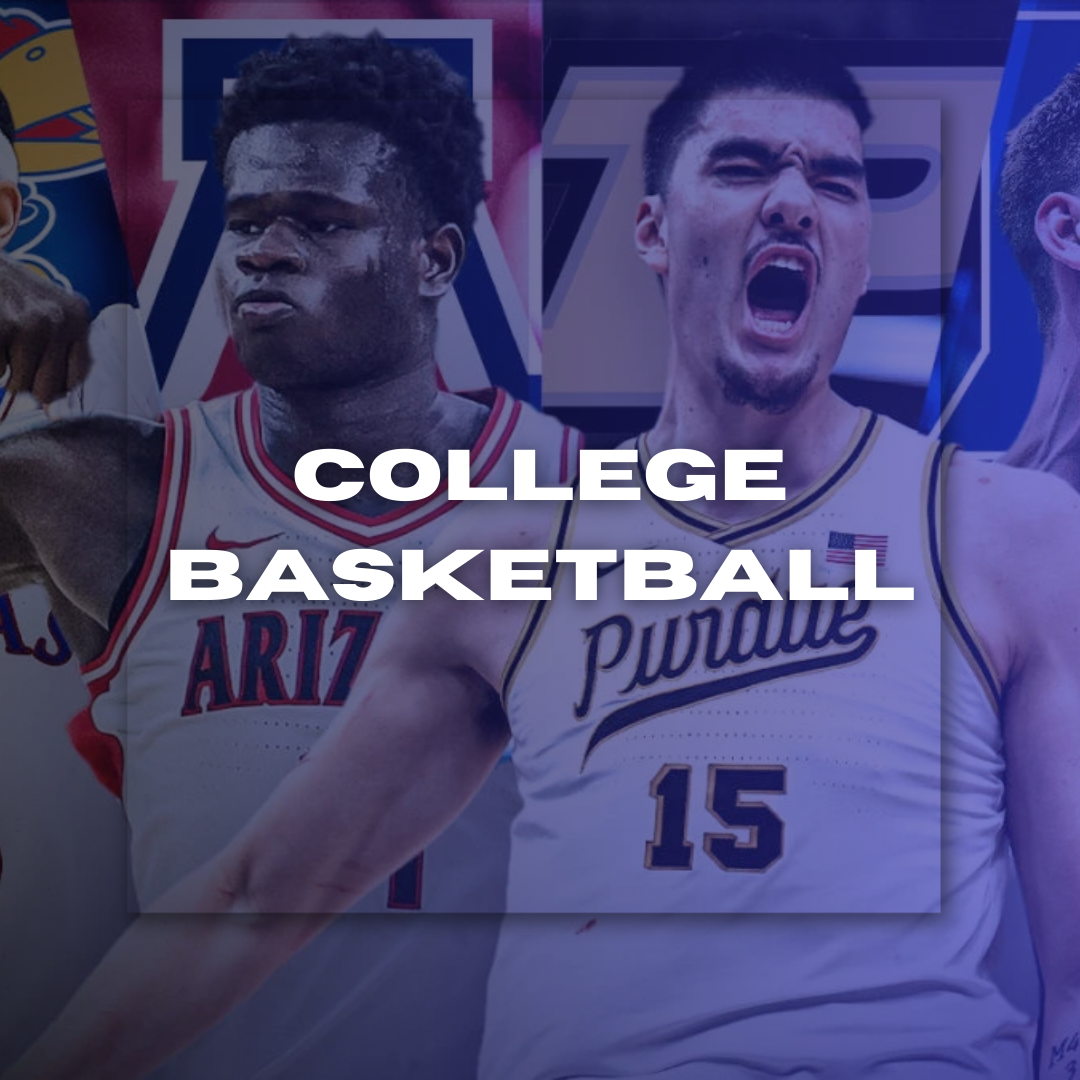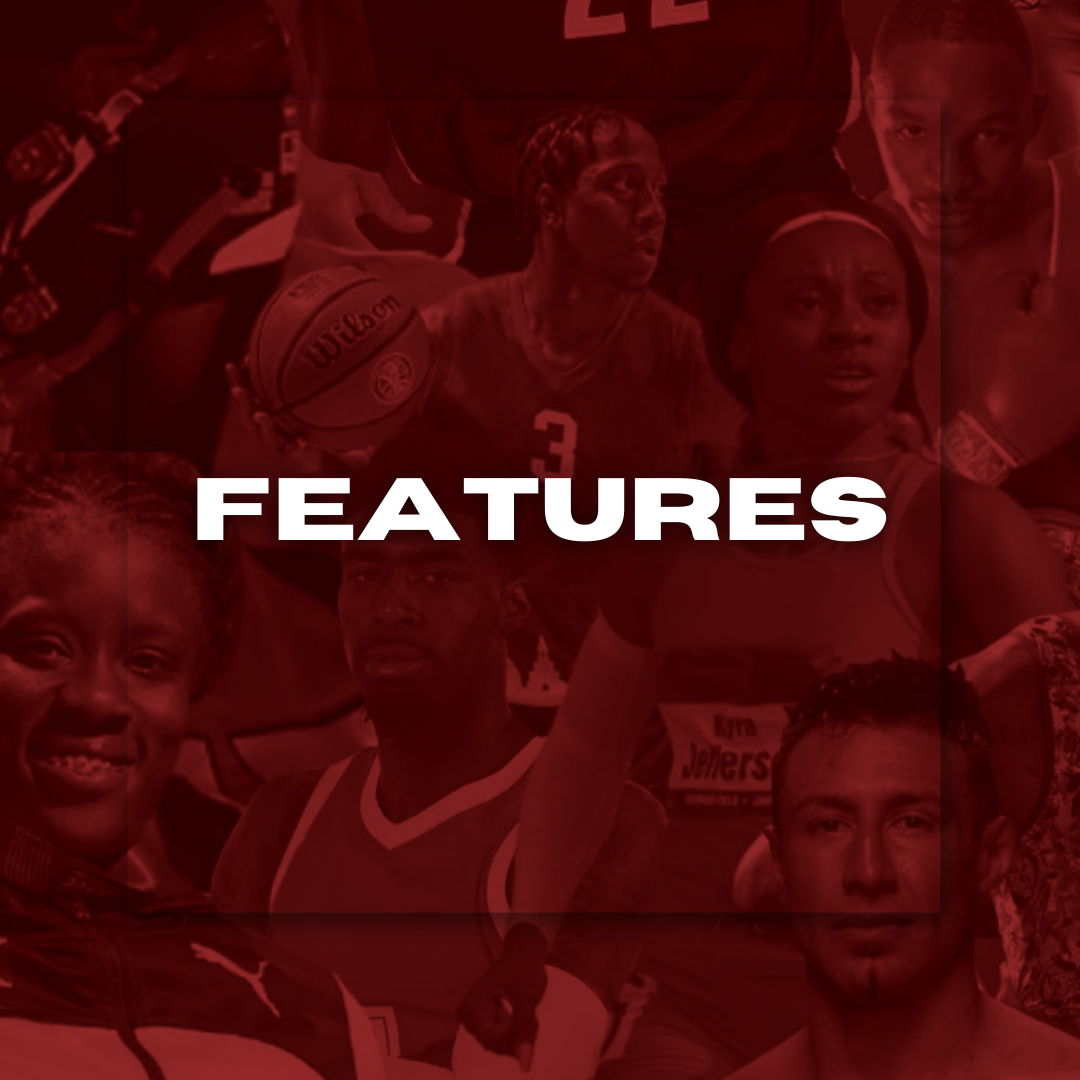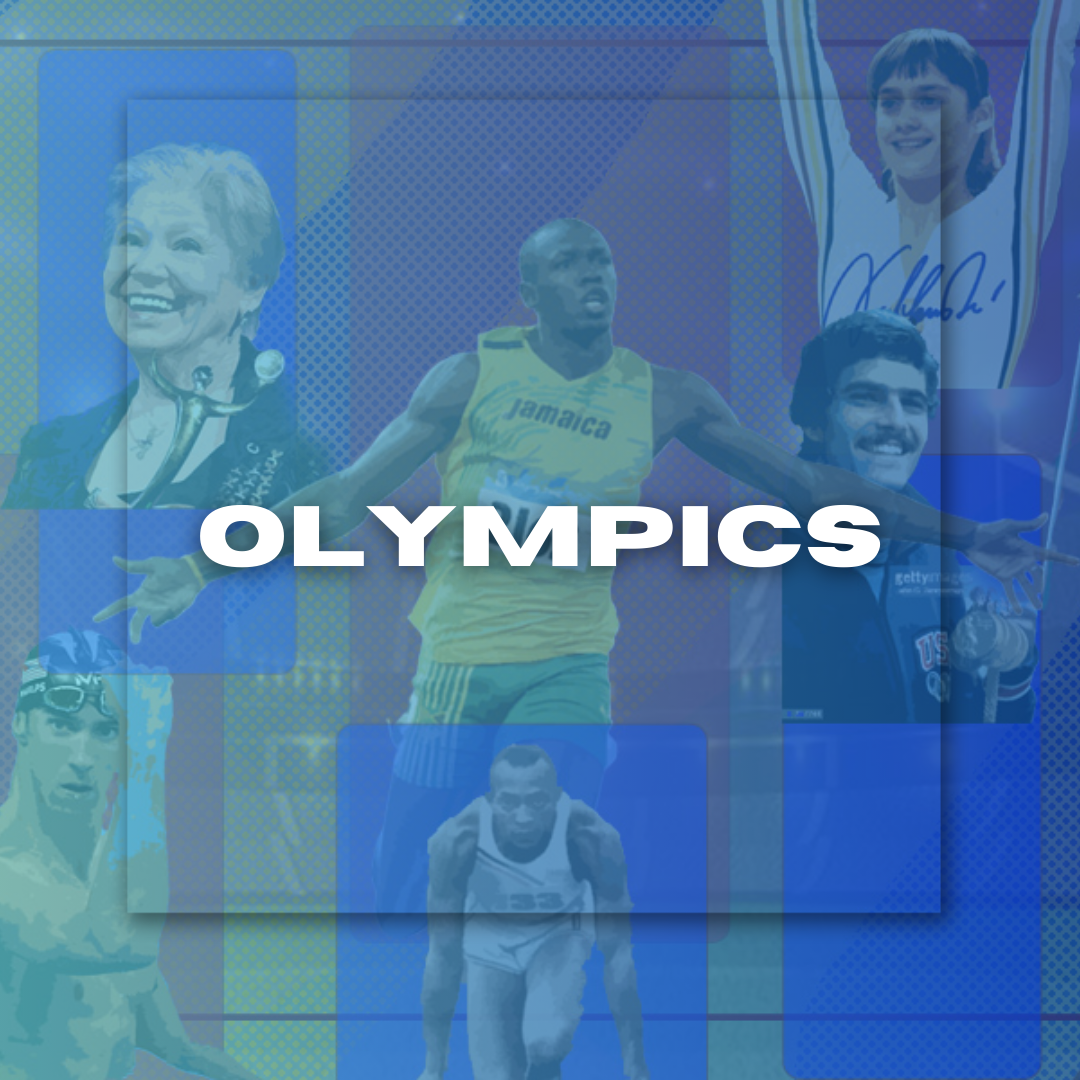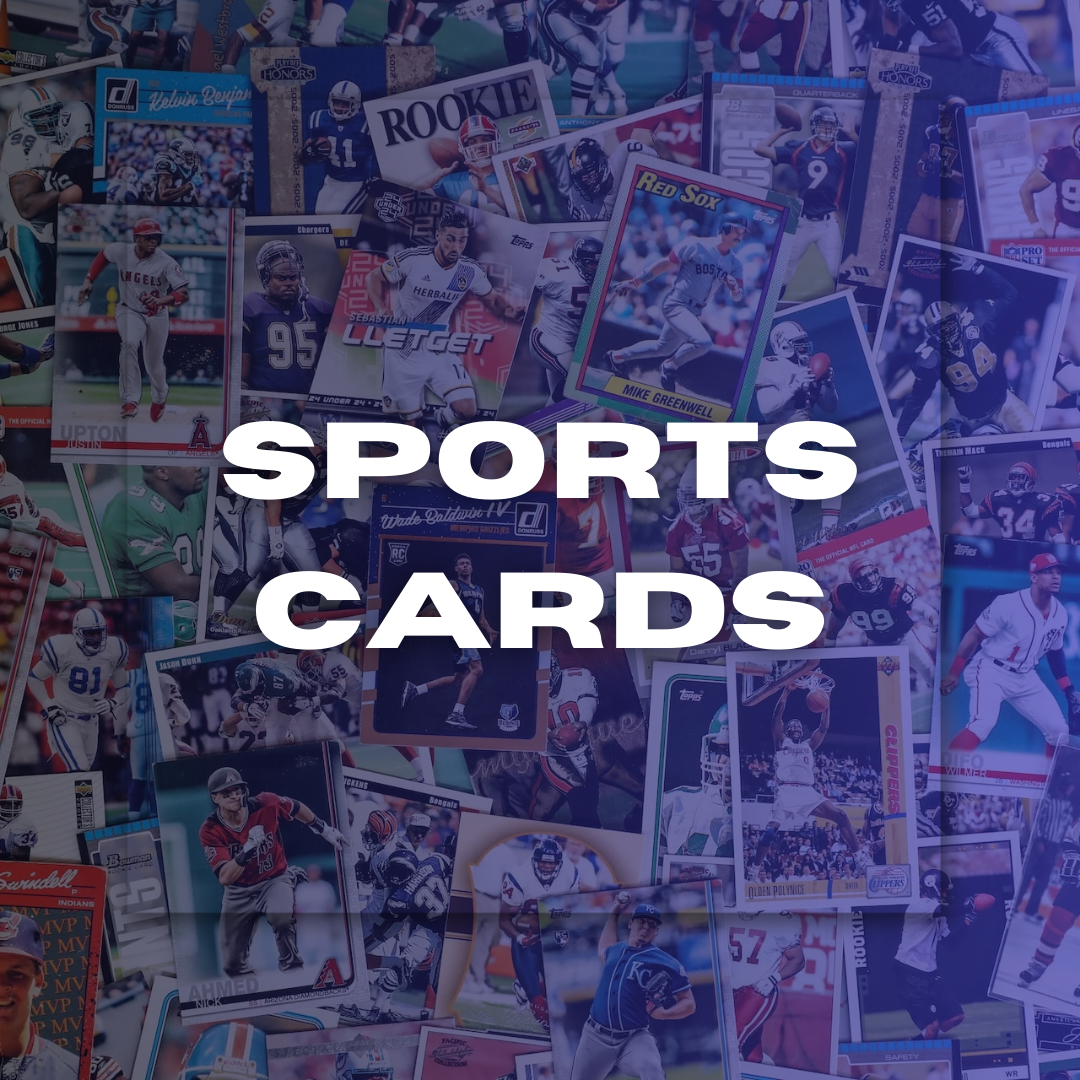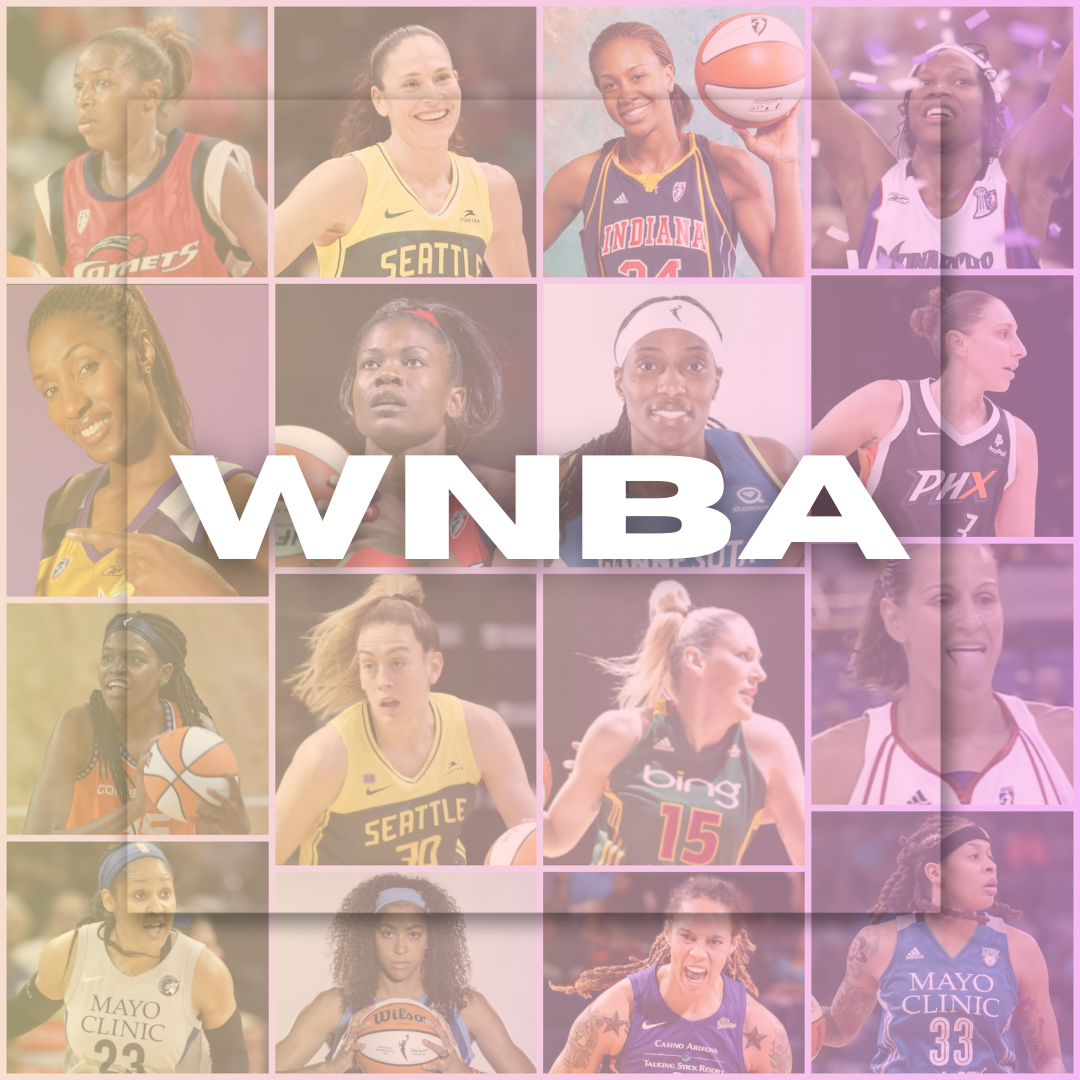In 2017, the NBA made a big move by introducing jersey patch sponsorships, something that had been present for a long time across different professional sports leagues but was a novelty in the NBA until then.
The decision, awaited for a long time by some and contentious to others, opened the door for corporate logos to be displayed on the holy ground of player jerseys, thus allowing for additional sources of revenue and paving the way for business opportunities.
Why It Took So Long?
The NBA's introduction of jersey patches followed years of consideration.
Shirt sponsorships had been a reality in European soccer leagues for decades, yet the American sports leagues were late to the party.
For example, Major League Soccer (MLS) permitted sponsors on the front of jerseys in as early as 2007, again showing that lower or niche leagues acted faster to accept this revenue-generating plan than larger ones. However, even larger brands like NASCAR, for example, were sometimes the early birds, considering they allowed it back in 1948, with a major wave happening in the 1970s with investors.
The reason for the late adoption was that they feared a backlash from fans and the dilution of team brands, that they would give an impression of selling out. Ultimately, the revenue potential of the deals won out over the doubt.
The Early Stages
The program started its three-year pilot during the 2017-18 season, and teams signed sponsorship deals on an incremental basis.
The pioneers of this program were the Orlando Magic with Disney, the Atlanta Hawks with Sharecare, and the Cleveland Cavaliers with Goodyear. These preliminary deals ranged from $2.5 million to $10 million annually, based on the team's market size and performance.
Performance is an important element to consider, and that goes for sponsors looking to back a team as well as daily fantasy players. If you think you could assemble the best version of your favorite team, using the sleeper promo code will give you free entries as a starting bonus to make that endeavor easier once you register.
As the program gained momentum, other high-profile alliances were created. The Golden State Warriors, for instance, made a deal with Japanese technology company Rakuten for an estimated $20 million annually. The agreement, which also included naming rights to the team's practice facility, indicated that the value of these sponsorships could far outweigh jersey patches.
The pilot program's success led to its indefinite extension in April 2019. Through the 2021-22 season, the total value of the jersey patch program had ballooned to an estimated $225 million, over twice the initial estimates. The increase reflected the program's success at generating brand recognition and value for the corporate partners.
Teams Without Sponsors
Although the overall health of the jersey sponsorship marketplace is evident, not every team has had an easy time acquiring or holding onto jersey sponsors for one reason or another.
Through the 2021-22 season, the Washington Wizards and Memphis Grizzlies were still seeking new partners after their previous agreements had expired. The challenge for some teams is identifying sponsors that will agree to sign multi-million dollar deals, especially for smaller market teams or teams with less on-court success.
The Dallas Mavericks also have not had success with jersey sponsorships. The team split from their first sponsor, 5miles, and were without a jersey patch for some time. This situation again demonstrates how challenging these agreements can be and finding a good team-sponsor fit.
The Complications and the Success of the Business Model
The application of jersey patches has not been controversy-free. Conflicts of interest occur when a player's individual endorsement contracts compete with the team's jersey sponsor. Moreover, the NBA's restrictive marketing territory rules have had to be carefully negotiated by both teams and sponsors in order to gain a full appreciation for these partnerships.
The jersey patch program has undoubtedly been a revenue game-changer for NBA franchises. It has opened up new opportunities for global brand visibility, as two-thirds of the brands that are participating are doing so on an international level.
With its growth, it has become a template for other American sports leagues in the United States. The trajectory of NBA jersey patch sponsorships documents the league's ability to adapt to the ever-changing market realities, which is something that demands respect from a business standpoint.
The small patches have, from the early resistance, become an integral part of the NBA's business model, bridging the gap between American sporting tradition and global marketing practices.























































